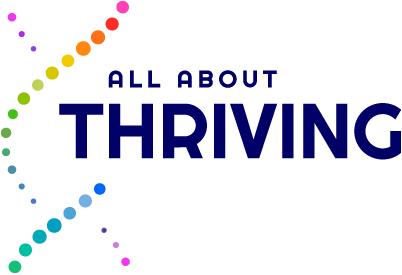I often say that we shouldn’t get too caught up in terminology – happiness, wellbeing, flourishing – what matters is that we help people feel good and function well. So why have I chosen to spend my time researching what thriving means to people?
Thriving captures a sense of growth or progress that we can find in response to the situations we find ourselves in. The situation may be good or bad (and often a bit of both) and it often involves a challenge or difficulty. Much of the initial research focused on thriving as one of the possible responses to trauma or adversity – an idea that has been captured in the more recent idea of post-traumatic growth. In my research I focused on the more day-to-day thriving that we can experience in our work. For everyone I talked to, thriving involved some form of challenge or demanding situation that was sometimes exciting, but could also be difficult and uncomfortable. Conversely when we aren’t thriving we may just be relaxing or savouring the present (both very important to our emotional wellbeing), but an absence of thriving might also feel more like languishing, going through the motions or feeling directionless.
So that’s why I focused on thriving – it captures ideas about energy, resilience, finding our purpose and connecting with others – all things we can develop. The goal isn’t to try to thrive all the time – we need the down times as well as the ‘up’ – but if we focus on small steps we might be able to thrive more of the time and when it matters to us.
Finally let me give you one more reason – when we thrive, we help others thrive. We become the people who help others feel safe, provide energy and enthusiasm when it may be hard for them to generate it themselves and we create opportunities for them to be the best version of themselves.
It’s a win-win!

